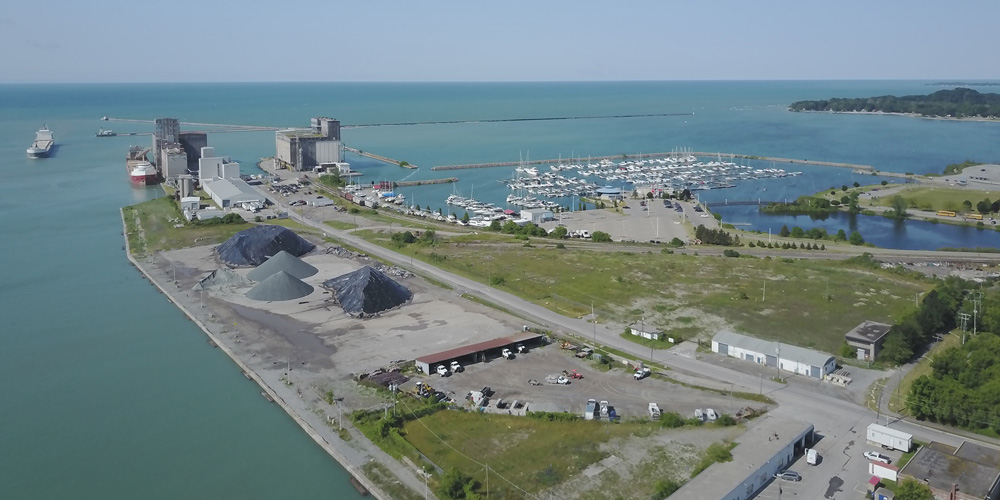Joint Observational Study
Study Conclusions & Recommendations
The Joint Observational Study (JOS) was established to observe and document, over a period of three years, within the reach extending from Snell Lock to the middle of Lake St-Francis, the potential physical impacts arising from icebreaking activities in support of commercial navigation in the St. Lawrence Seaway. Specifically, the central questions to be studied were: “Do icebreaking activities and/or ship transits in ice conditions within the study area cause; 1) Shoreline ice scour and/or 2) Land-fast ice to break away from shore prematurely?
As the JOS study progressed, the Steering Committee discovered how this seemingly simple mandate, is in fact complex, especially the differentiation between natural versus anthropogenic ice-related shoreline impacts. Nevertheless, it is strongly believed that the highly cooperative atmosphere and the active participation by all study team members was a determining factor in the successful conclusion of the JOS study.
Based on the three years of general observations including two years with icebreaking operations, the following conclusions are directly pertinent to the central questions of the JOS study:
- Icebreaking operations are not required every year to open the Seaway. In fact, the icebreakers were only required during two of the three year study mandate.
- Small scale, shallow water shoreline impacts occur for natural ice break-ups and clear-outs as was observed in the third year of the mandate. This is the baseline against which evaluations of the shoreline impacts resulting from ice breaking/clearing operations must be compared.
- Ice-induced shoreline impacts, in comparison to the baseline for natural ice break-up and clear-out, were not observed for the two years of the study during which icebreakers were used to clear the Seaway. Furthermore, during the second year of the mandate, an analysis of the expected forces applied on the shoreline by the icebreaking operations indicated low contact pressures in relation to those at which ice failures tend to occur. Furthermore, the calculations showed that the icebreaking forces transmitted to the shoreline, under similar operations and observed ice conditions, were significantly less than those expected to be produced under high wind conditions.
- The Freezing Degree Days (FDDs) method is not reliable as a standalone index to characterize the state of the ice cover or, to gauge the potential severity of shoreline impacts. Other important factors such as water levels and flows, air and ice temperatures as well as ice thickness must be considered.
- No shoreline physical impacts were reported by any landowners along the shoreline being studied during the three year study.
Based on the study team’s experience and findings, the following set of recommendations was developed:
- An inclusive process should continue to be used when setting the Seaway Opening Date, during which all stakeholders are consulted.
- The current ice breaking operations should continue using the same diligence as was observed during the two years ice breakers were used.
- The Freezing Degree Days (FDDs) index method should be augmented with other sources of information such as RADARSAT imagery, photographs from aerial fly-overs, water levels and flows and, ice thickness and temperature profiles in order to obtain a more comprehensive assessment of the local ice conditions. The data should continue to be collected in an effort to build local knowledge that would assist in identifying extreme conditions.
- Efforts should be maintained in synthesizing these data with the aim of producing simple guidelines, so as to minimize the data collection that would be required in future years.
Joint Observational Study – Volume 1
Joint Observational Study – Volume 2
Joint Observational Study – Final Report






